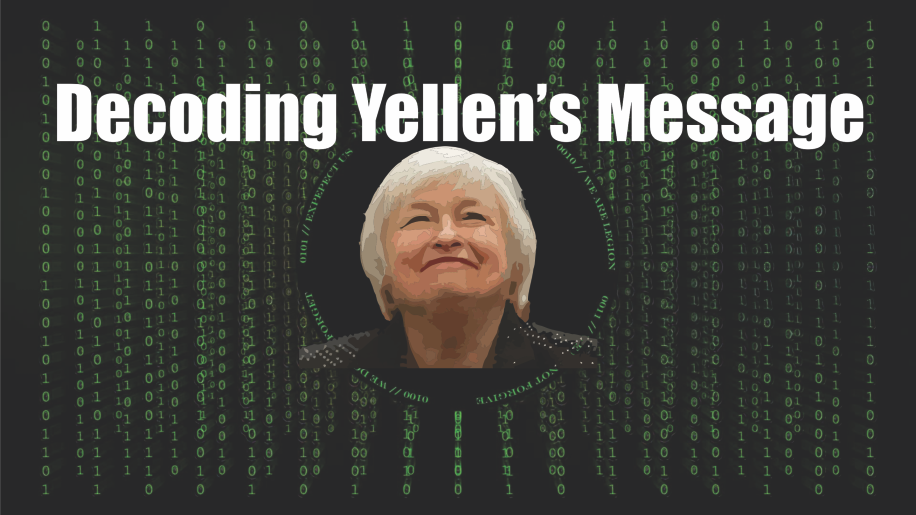by Richard Turnill, Global Chief Investment Strategist, BlackRock
We see three key interrelated themes shaping economies and markets in the second half. Richard explains.
Low volatility is in the headlines, with the VIX gauge of equity market volatility sitting near its lowest levels since the early 1990s. Some argue today’s low “fear” gauge levels signal complacency and mean we should be fearful that higher volatility is ahead. We don’t agree. We see low volatility as a normal feature of the benign economic and financial backdrop—and not as a warning sign in itself.
This means investors may want to rethink their approach to risk, just one of the three key investing themes we debated at a recent gathering of some 90 BlackRock portfolio managers and executives. Here’s a quick look at the interrelated themes we see shaping economies and markets in the second half, as we write in our Global Investment Outlook Midyear 2017.
Theme 1: Sustained expansion
The current U.S. economic cycle has been unusually long, sparking market fears that it is ready to die of old age. We have a different take. The slower the pace of a recovery, the longer it takes to absorb the economic slack created in the last recession—and the longer it takes to reach full capacity and ultimately the peak that signals the cycle’s end, our analysis shows. The economy’s sluggish growth means that the current cycle has a long way to run, in our view, and its remaining lifespan can be measured in years, not quarters. The current landscape of subdued inflation and wage growth supports this.
Overall, we see the world in a synchronized and sustained economic expansion that is slower than previous cycles. Growth in the world’s major developed economies is cruising at a rate that is slightly above the trend in place since the financial crisis. The BlackRock GPS—which combines traditional economic indicators with big data signals such as web searches and text mining of corporate conference calls—suggests a higher growth rate over the coming 12 months than currently reflected in consensus estimates.
We see interest rates and bond yields rising only gradually in the sustained expansion. This provides a favorable backdrop for equities and bodes well for the momentum style factor (stocks that have been trending higher), in our view.
Theme 2: Rethinking risk
The history of volatility is one of long stretches of calm punctuated by brief moments of crisis, with low volatility surprisingly persistent. Our research suggests that breaks to a high-volatility regime rarely occur without the economic expansion coming to an end. We see the probability of a volatility regime shift as low—as long as the economy remains stable and systemic financial vulnerabilities are kept in check.
Low volatility does mask risks unique to fixed income markets, in our view. Volatility spikes can be led by financial, rather than economic, events. We see evidence of these financial risks in pockets of credit but not in the broader market. Poor liquidity in credit markets makes it tough to exit positions quickly and could worsen any sell-off. Rising corporate leverage could exacerbate these risks. Risk management is key as long-run investment success depends on avoiding catastrophic drawdowns.
Result: We see a risk that many investors today are under-risked. Portfolio insurance should focus on the risk of a sharp rise in bond yields that results in a decline in the valuation of broad assets.
Theme 3: Rethinking returns
Historical market returns may be a poor guide to the future. Structural factors such as aging populations, poor productivity growth and high debt levels mean historically low government bond yields are likely here to stay. This is an important reason why the Federal Reserve is treading cautiously in raising rates and other central banks appear slow to follow that path. We expect long-term bond yields to rise gradually over the next five years but to stay well below historical averages.
We believe structurally lower growth and interest rates mean that comparing valuation metrics to past levels may not be a good guide to the future. We do not see equity valuation metrics falling back to historical means in an environment where earnings are staging a sustained recovery and long-term rates are low. In the final analysis, we believe investors are being paid to take equity risk against the backdrop of low rates. The earnings yield (earnings per share divided by the share price, or the inverse of the price-to-earnings ratio) gauges the attractiveness of equities versus bond yields. It still looks attractive versus bond yields. This is especially the case for non-U.S. equities, including emerging markets, in our view.
The bottom line: The global expansion is chugging along, deflation fears and near-term political risks look to have faded, and financial market volatility is subdued. We believe this provides fertile ground for modest gains in risk assets such as international and emerging market equities. Read more in our full Global Investment Outlook Midyear 2017.
Richard Turnill is BlackRock’s global chief investment strategist. He is a regular contributor to The Blog.
Investing involves risks, including possible loss of principal. International investing involves special risks including, but not limited to currency fluctuations, illiquidity and volatility. These risks may be heightened for investments in emerging markets. Fixed income risks include interest-rate and credit risk. Typically, when interest rates rise, there is a corresponding decline in bond values. Credit risk refers to the possibility that the bond issuer will not be able to make principal and interest payments.
This material is not intended to be relied upon as a forecast, research or investment advice, and is not a recommendation, offer or solicitation to buy or sell any securities or to adopt any investment strategy. The opinions expressed are as of July 2017 and may change as subsequent conditions vary. The information and opinions contained in this post are derived from proprietary and nonproprietary sources deemed by BlackRock to be reliable, are not necessarily all-inclusive and are not guaranteed as to accuracy. As such, no warranty of accuracy or reliability is given and no responsibility arising in any other way for errors and omissions (including responsibility to any person by reason of negligence) is accepted by BlackRock, its officers, employees or agents. This post may contain “forward-looking” information that is not purely historical in nature. Such information may include, among other things, projections and forecasts. There is no guarantee that any forecasts made will come to pass. Reliance upon information in this post is at the sole discretion of the reader.
©2017 BlackRock, Inc. All rights reserved. BLACKROCK is a registered trademark of BlackRock, Inc., or its subsidiaries in the United States and elsewhere. All other marks are the property of their respective owners.















